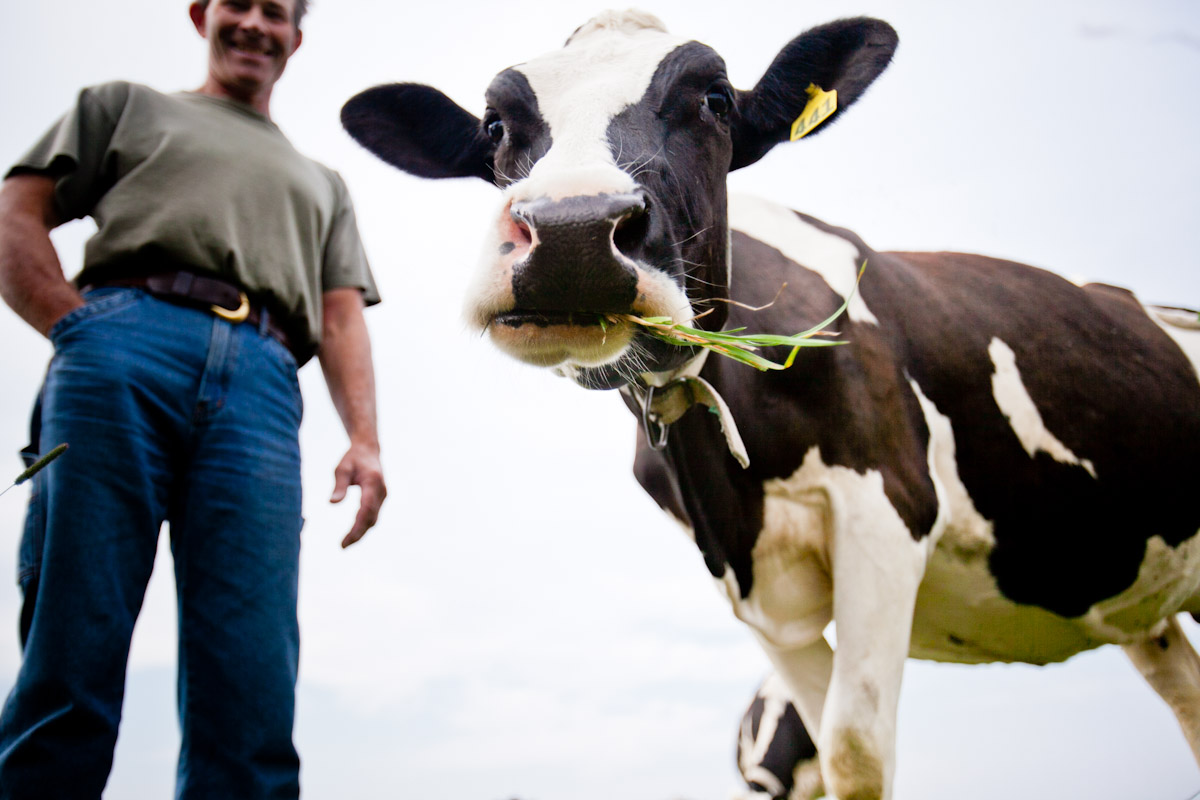New Label Soon for Grass-Fed Milk and Yogurt
Author: Dr. Mercola
The secret is out: grass-fed dairy products are not only rich, creamy and reminiscent of the way dairy products used to be, but they’re also better for your health, the environment and the cows providing the milk.
As a result, demand for grass-fed dairy products is growing at an impressive rate. Organic, grass-fed yogurt, for instance, is experiencing 82 percent dollar growth, which is more than three times the growth of yogurt that does not contain the grass-fed label, according to Organic Valley dairy.1
Their “Grassmilk” brand is the top-selling grass-fed dairy brand in the U.S., and it’s had double-digit growth since its 2012 debut. Organic Valley stated that their Grassmilk goes beyond the pasturing standards for ruminants required by the U.S. Department of Agriculture’s (USDA) National Organic Program.
To be clear, there’s a lot of confusion about the term “grass-fed,” and in many cases, it’s an abused term like the word “natural.” Organic Valley and other U.S. grass-fed dairy producers are teaming up to change this, and the first steps have been laid for a new industry-wide grass-fed label for dairy.
New Industry Standard for Grass-Fed Labeling
The American Grassfed Association (AGA) hosted a stakeholder meeting to start the ball rolling on a new industry-wide grass-fed dairy standard. AGA explained:2
“Rapid growth of the grassfed dairy segment and the consequent proliferation of grass- and pasture-based claims pose a challenge for producers, retailers, and consumers in the dairy industry.
AGA convened the meeting to discuss mutual concerns about practices, standards, protection of legitimate claims, and avoidance of consumer confusion about grass-based products.”
The goals of the meeting included determining potential for agreement for standards for grass-fed dairy products, assessing options for protecting the integrity of grass-based dairy products and establishing a unified standard and market integrity. According to AGA, discussions centered on he following:
- Animal health and nutrition
- Transparency of practices and claims
- Holistic land and soil management
- Support and validation for producers
- Building a certified organic standard while providing a bridge with non-organic grass-fed claims
Don Davis, chair of AGA’s standards and certification committee, stated:
“We feel this meeting was an important first step to develop a clear and definable industry standard that will encourage producers to develop grassfed dairy programs and also to provide assurance to consumers when they see the term “grassfed” on a carton of milk or other dairy products.”
USDA Revoked Their Grass-Fed Standard in January 2016
In 2007, the USDA released voluntary standards for a grass-fed claim on meat. It suggested grass-fed animals eat nothing but grass and stored grasses, and have access to pasture during the growing season.
The standards were far from perfect; for instance, they allowed animals to be confined for certain periods of time and did not restrict the use of antibiotics and hormones in the animals.
Nonetheless, many viewed it as a step in the right direction that would provide increased transparency into how meat is raised and allow consumers to make more informed choices when buying their food.
In January 2016, however, the USDA’s Agricultural Marketing Service announced that it withdrew the grass-fed standard, citing a lack of authority to define the claim. Those using the USDA’s grass-fed standard were given 30 days to convert it to a private grass-fed standard or develop a new grass-fed standard.
Is More Confusion Coming to Grass-Fed Meat Packaging?
Ferd Hoefner, policy director for the National Sustainable Agriculture Coalition (NSAC), is among those who believe the withdrawal will only add more confusion to food labeling. He stated in a NSAC press release:3
“Rather than bringing consistency and common sense to our food marketing system, USDA seems to be throwing in the towel … This is terrible public policy that will create a multitude of non-uniform labels, which will open the door to more confusion and subterfuge in the marketplace.
It is an affront to consumers, who have the right to know how their food is raised, and to the farmers whose innovation and hard work created the trusted grass fed label standard.
NSAC and our member organizations believe this reversal is a detriment to a fair and transparent food system and we urge the USDA to come up with an alternative solution quickly.”

